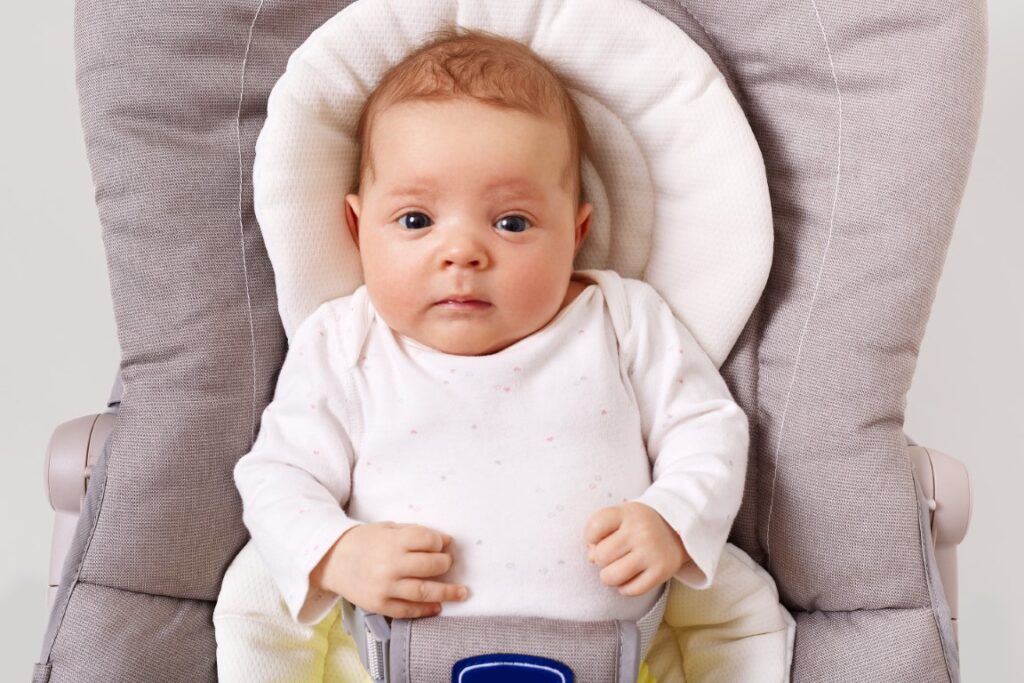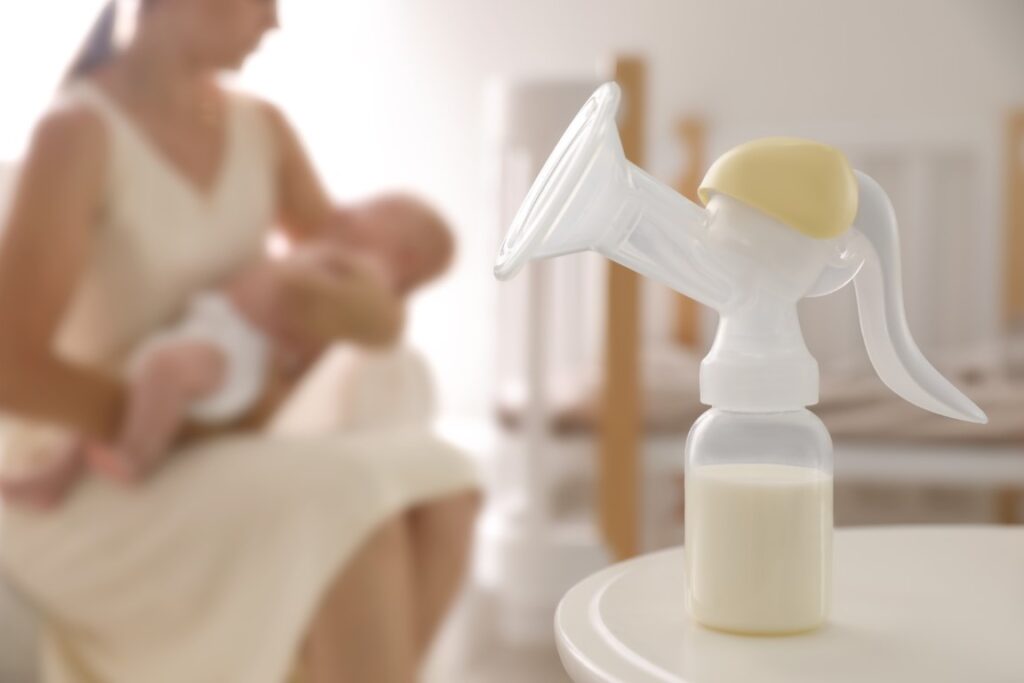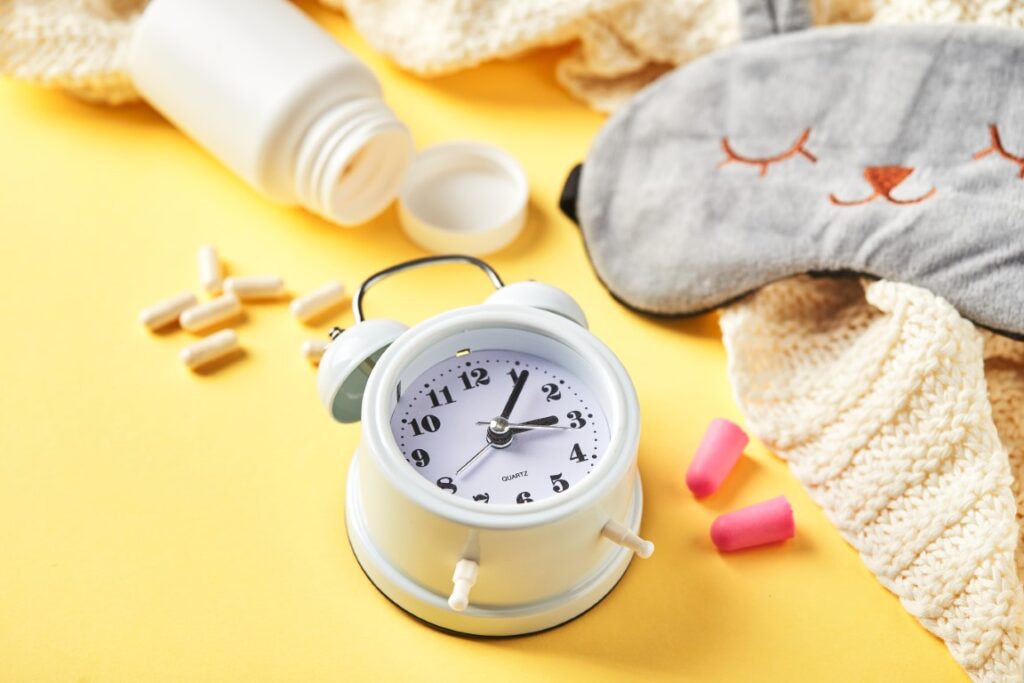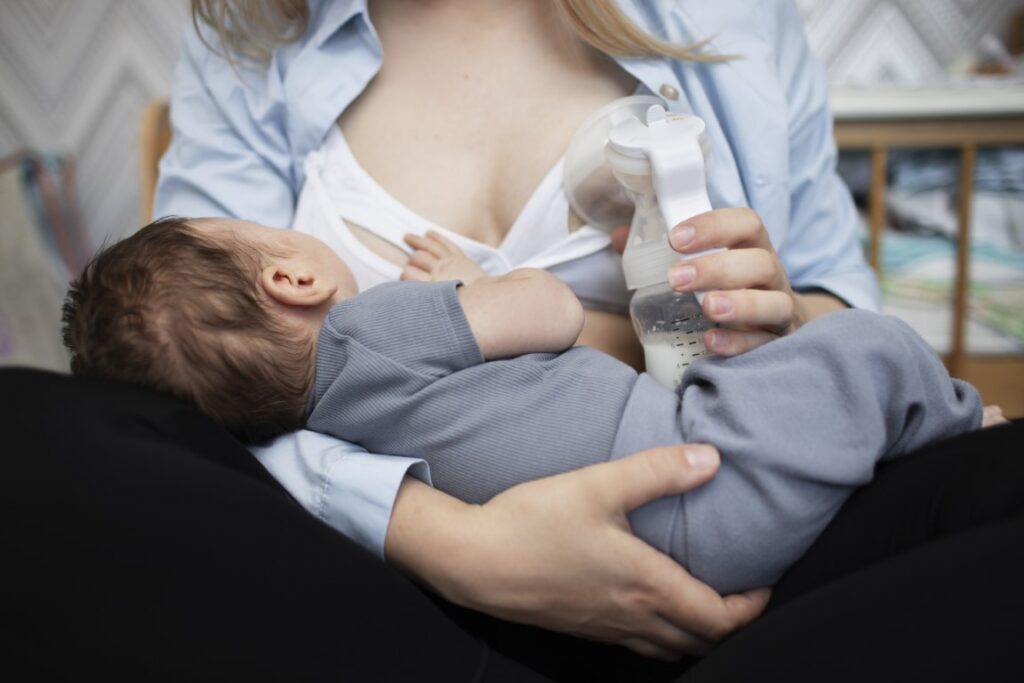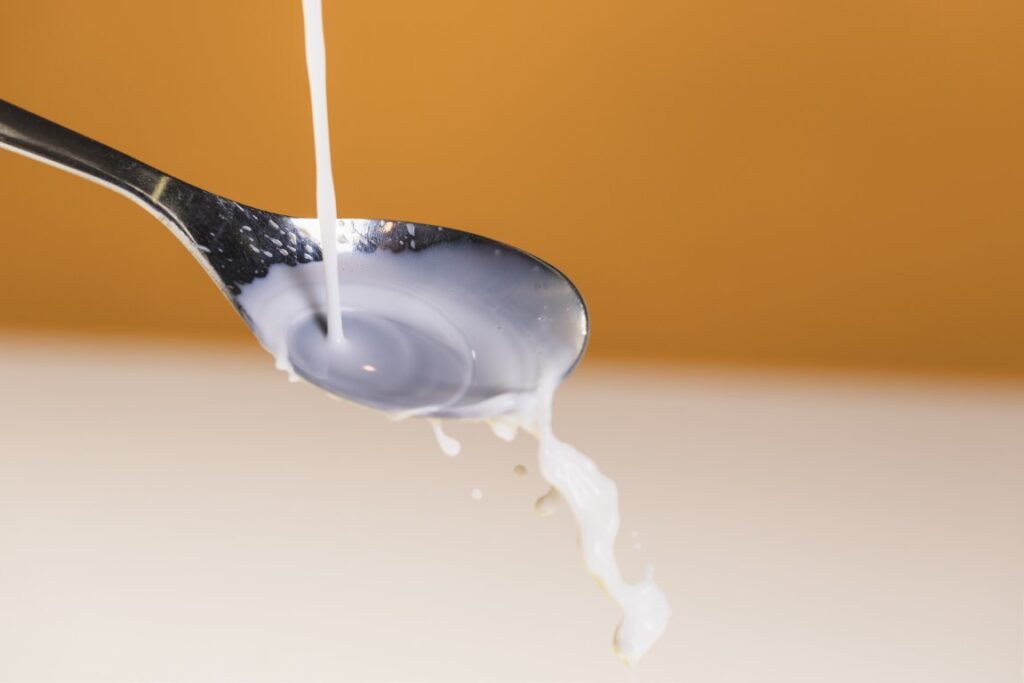How to tell whether your baby is getting enough milk? To make sure that a baby’s growth and development are within normal ranges, always consider the whole picture. Your baby is receiving sufficient milk if they:
a. Wet 6 to 8 diapers in a day, at least a few of which are dirty.
b. Wake up for feeds on their own and feed vigorously at the breast.
c. Go through 8 to 12 breastfeeds in a day.
d. Pass a soft yellow stool.
e. Settle and sleep reasonably well after most feeds.
f. Return to birth weight in about 2 weeks.
g. For the first three months, they gain an average of 150g or more each week.
Methods for boosting your milk supply
The following tips might help you produce more breastmilk:
a. Be prepared to feed your baby more frequently. Breastfeed on demand every 2-3 hours, at least eight times a day. Switch your baby between breasts twice. Make sure your breasts are fully emptied at each feeding or pumping session.
b. You can express after breastfeeding to ensure you don’t go longer than 5 hours without milk removal. Your baby should be sucking at the breast when you feed them.
c. Ensure that you are eating a balanced diet, drinking enough water, and not skipping any meals.
d. Furthermore, make sure you get as much rest as you can in between feedings.
Tips for a low supply
a. You may include herbal and medicinal treatments (galactagogues) that have been shown to produce more milk.
b. Taking the prescription drug domperidone can raise the levels of the hormone prolactin, which is responsible for milk production. Consult with your doctor if this medication is appropriate for you.
c. Breastfeeding or expressing more milk than you already do is the key to boosting breast milk production.
d. Speak to your doctor, a lactation consultant, or a child health nurse if you think you have a poor milk supply.
e. Feed your infant frequently. Throughout the day, breastfeed every two hours, and at night, every three to four hours (at least 8 to 16 times in 24 hours).
f. Use a high-quality double electric breast pump to produce more milk if your baby won’t feed. Once you’ve breastfed, pumping encourages your body to create more milk.
g. Spend at least 15 minutes nursing your infant at each breast. Don’t set a time restriction on breastfeeding.
h. After giving your infant a breast, if they fall asleep, wake them up and give them another.
i. Switch nursing has been demonstrated to improve milk production; during a feed, swap breasts multiple times.
j. Before and after feedings, gently massage the breasts.
k. Use relaxation methods to ease tension and encourage the production of breast milk.
l. Spend roughly 20 minutes in skin-to-skin contact with your baby following feedings. It has been demonstrated that this “kangaroo care” boosts milk production.
m. Make sure the baby is situated and latching properly.
n. At every feeding, offer both breasts.
o. To assist in draining the breast while feeding, use breast compression.
p. Throughout the day and soon after nursing, pump.
q. Some moms swear that if they pump for five minutes, take a five minute break, and then pump for another ten minutes, they can get more milk.
r. Get a good night’s sleep.








